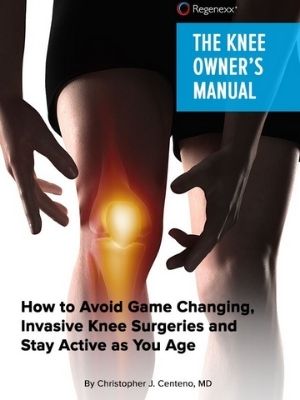Hamstring Pain when Sitting
Get Help With Hamstring Pain when SittingWhat are the Hamstrings?
The hamstring is composed of the three long muscles that are found on the back of the upper leg. These are semitendinosus, semimembranosus, and biceps femoris. All three muscles run down the length of the thigh before they join together to become one tendon that attaches itself to the backside of the lower leg bone, called the Fibula. When these tendons contract it pulls the lower leg downwards towards our feet. The muscle contracts concentrically as it shortens. And relaxes eccentrically as it lengthens. This contraction action is also known as knee flexion.
When these muscles are weak or injured it can be difficult to stand on one leg when trying to balance, the pelvis may shift downwards in an anterior tilt which makes us appear slightly shorter in height. It can also cause back pain and hamstring injuries. Of all of the hamstring injuries that are reported by active individuals- approximately 20% are termed chronic injuries. These injuries are persistent in their nature and can last for weeks, months, or even years if not treated correctly.
What to do if your Hamstring Pain is Chronic?
When hamstring injuries are persistent or chronic, they can certainly take a big toll on your lifestyle. If you work in an occupation where you must stand for hours at a time this can exacerbate the injury and make it worse. The best thing to do if you’re suffering from chronic hamstring pain is to get an evaluation to assess the damage and what viable treatment options are available for you.
Get a Physical Examination or Telemedicine Appointment from Centeno-Schultz Clinic
If you’re experiencing chronic hamstring pain, the best thing to do is get a physical examination from Centeno-Schultz Clinic. Our team of expert Interventional Orthopedic doctors can help you assess the damage and provide viable treatment options that will help you get back to your life.
Failed Back Surgery Syndrome
Failed Back Surgery Syndrome also called failed back is a clinical condition in which patients who have undergone low back surgery continue to have pain and dysfunction. Said another way the surgery that was intended to reduce pain and increase function FAILED. That is right, the surgery failed. You had the surgery, struggled with the pain postoperatively, diligently participated in physical therapy and yet the pain and limitation are still there. Unfortunately, this occurs frequently. Estimates range from 20-40% of patients who undergo low back surgery will develop Failed Back Surgery Syndrome. Pain is the most common symptom of Failed Back Surgery Syndrome…
Read More About Failed Back Surgery SyndromeHamstrings Tendinopathy
Hamstring tendinopathy, a condition that causes pain and tenderness in the hamstring tendons, represents a common but often misunderstood musculoskeletal issue. It typically occurs in athletes and individuals engaged in high-intensity activities but isn’t limited to them. This condition, including its more specific form, high hamstring tendinopathy, can significantly impact daily and athletic performance, making understanding its nuances critical.
Read More About Hamstrings TendinopathyPes Anserine Bursitis
Knee pain located at the lower inside of the knee can be caused by Pes Anserine Bursitis, which is irritation of the tendons that run on the inside aspect of the knee. Commonly mistaken for arthritic pain, meniscal pain, and sometimes nerve pain from the low back! Don’t be misdiagnosed, and let’s dive in below to get a better understanding of Pes Anserine Bursitis. The Pes Anserine Bursa is a bursa that surrounds 3 tendons of the leg. A bursa is a thin, slippery, sac-like film that contains a small amount of fluid. A bursa is found between bones and soft tissues in and around joints…
Read More About Pes Anserine Bursitis